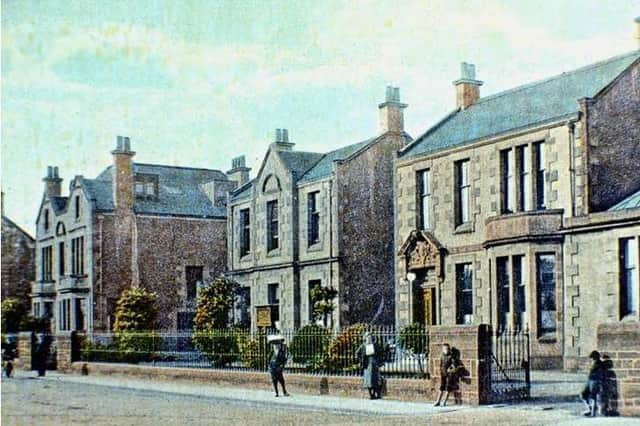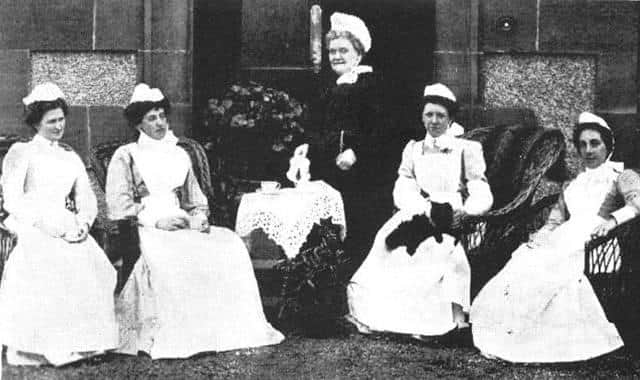Ian Scott: Looking back on Falkirk’s first infirmary for the ‘working poor’


This week and next I want to mark this anniversary by recalling these two institutions which served our community so well for so long.
The Falkirk Cottage Hospital was the town and district’s first place where the sick and injured could find a measure of care, however basic.
Advertisement
Hide AdAdvertisement
Hide AdIt was the brainchild of Mrs Harriette Gibson of Hatherley, Arnothill, who was one of those Victorian ladies pained by the suffering of the ‘working poor’ beset by illness or injury especially of the breadwinner.


She and others of similar mind began making regular visits to the homes of the less fortunate and, once established, the group were able to employ a full-time nurse to add medical skills.
Miss Annie Joss of Edinburgh was appointed to the position.
Mrs Gibson continued to cajole her wealthy friends to put their hands in their pockets to support her next initiative.
She organised the purchase of Salton Park Cottage in Thornhill Road for £275 and asked William Black, Falkirk’s leading architect, to design a two-storey building which was erected behind the cottage.
Advertisement
Hide AdAdvertisement
Hide AdIt had 16 beds in two wards, for men and women, and Miss Joss was appointed as the first Matron.
The hospital was officially opened on 27th July 1889 by Sir Thomas Dawson Brodie of Carron Company and three days later the first patient, Patrick Tully, an iron moulder, was admitted with a serious burn which was treated with Carron Oil, a lotion invented at the works some years before.
All of the costs were paid by subscriptions from firms and individuals as well as by donations, legacies and gifts of all kinds, and Miss Joss had two nurses and two ‘domestics servants’ as well as the support of local doctors who made regular visits.
Very soon they were overwhelmed by the demand even though the three ‘I’s – insane, infectious and incurable – were specifically excluded.
Advertisement
Hide AdAdvertisement
Hide AdThe majority of those who did receive treatment suffered from fractures or burns as well as conditions arising from malnutrition and poor housing.
For most it was decent food, warmth and care that brought recovery.
The actual treatments were simple, like beef tea, bone lint, castor oil, mustard poultices, boracic acid and a dose of salts.
Demand was so great that two further buildings were added in 1900 and 1906 by which time there were 40 beds, a children’s’ ward and a new state-of-the-art operating theatre in what was by then called ‘Falkirk Infirmary’.
Advertisement
Hide AdAdvertisement
Hide AdWhen war broke out in 1914 “62 operations were performed on soldiers to fit them for active service and 50 to enable men to enlist”.
Nearly 200 territorials with hammer toes, hernia, flat feet, haemorrhoids, varicose veins etc were treated as in-patients and 1,800 wounded soldiers were cared for at Thornhill.
In 1925 a great campaign was launched to raise the money for a new hospital at Gartcows to replace Thornhill which eventually became a model lodging house.
This new Falkirk and District Royal Infirmary is next week’s story.
